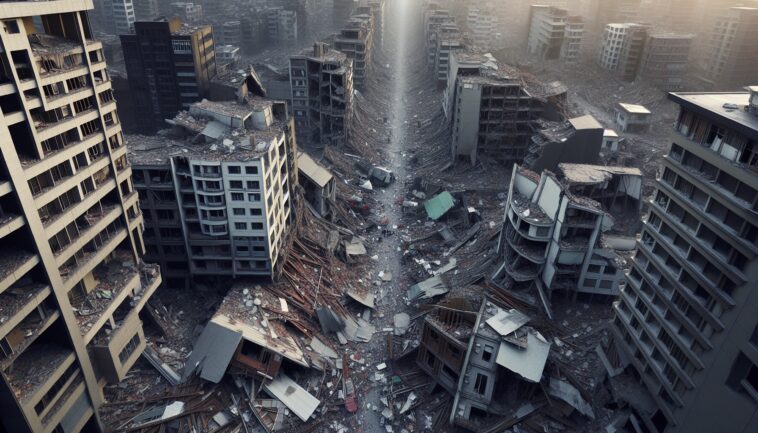Table of Contents
The devastating impact of the earthquake
On a fateful Friday, a 7.7 magnitude earthquake struck Myanmar, leaving a trail of destruction and despair. As rescue workers sift through the rubble, the grim reality sets in: over 2,700 lives have been lost, and the numbers are expected to rise.
The earthquake, the second most powerful in Myanmar’s recorded history, has compounded an already dire humanitarian crisis exacerbated by ongoing civil conflict. The fire department in Naypyitaw reported that a 63-year-old woman was rescued after being trapped for 91 hours, a glimmer of hope amidst the overwhelming tragedy.
Challenges in rescue operations
Rescue efforts have faced significant obstacles, including damaged infrastructure and a lack of heavy machinery. Many areas remain without power or communication, making it difficult to assess the full extent of the devastation. Reports indicate that more than 10,000 buildings have collapsed or been severely damaged, with Mandalay and Naypyitaw being the hardest hit.
As rescue teams from various countries arrive, the situation remains precarious, with the needs of the affected population escalating by the hour. Julia Rees, UNICEF’s deputy representative for Myanmar, emphasized the urgency of the situation, stating, “The needs are massive, and they are rising by the hour.”
The humanitarian crisis deepens
Even before the earthquake, Myanmar was grappling with a humanitarian crisis, with over 3 million people displaced due to civil war and nearly 20 million in need of assistance. The destruction of water and sanitation infrastructure raises the risk of disease outbreaks, with the U.N.
warning of escalating vulnerabilities to respiratory infections and other illnesses. As the monsoon season approaches, shelter remains a critical issue, with many people forced to sleep outdoors due to fear of aftershocks or the destruction of their homes. The international community has pledged millions in aid, but the delivery of assistance remains fraught with challenges, particularly in conflict-affected areas.
Political implications and the call for aid
The military government, which seized power in 2021, has faced criticism for its handling of the crisis. While the military has stated it will accept foreign aid, concerns remain about potential obstruction of humanitarian assistance. The shadow opposition National Unity Government has called for a ceasefire to facilitate aid delivery, urging vigilance against any attempts by the military to divert resources. As the situation unfolds, the focus must remain on saving lives and addressing the urgent needs of those affected by this catastrophic event.




